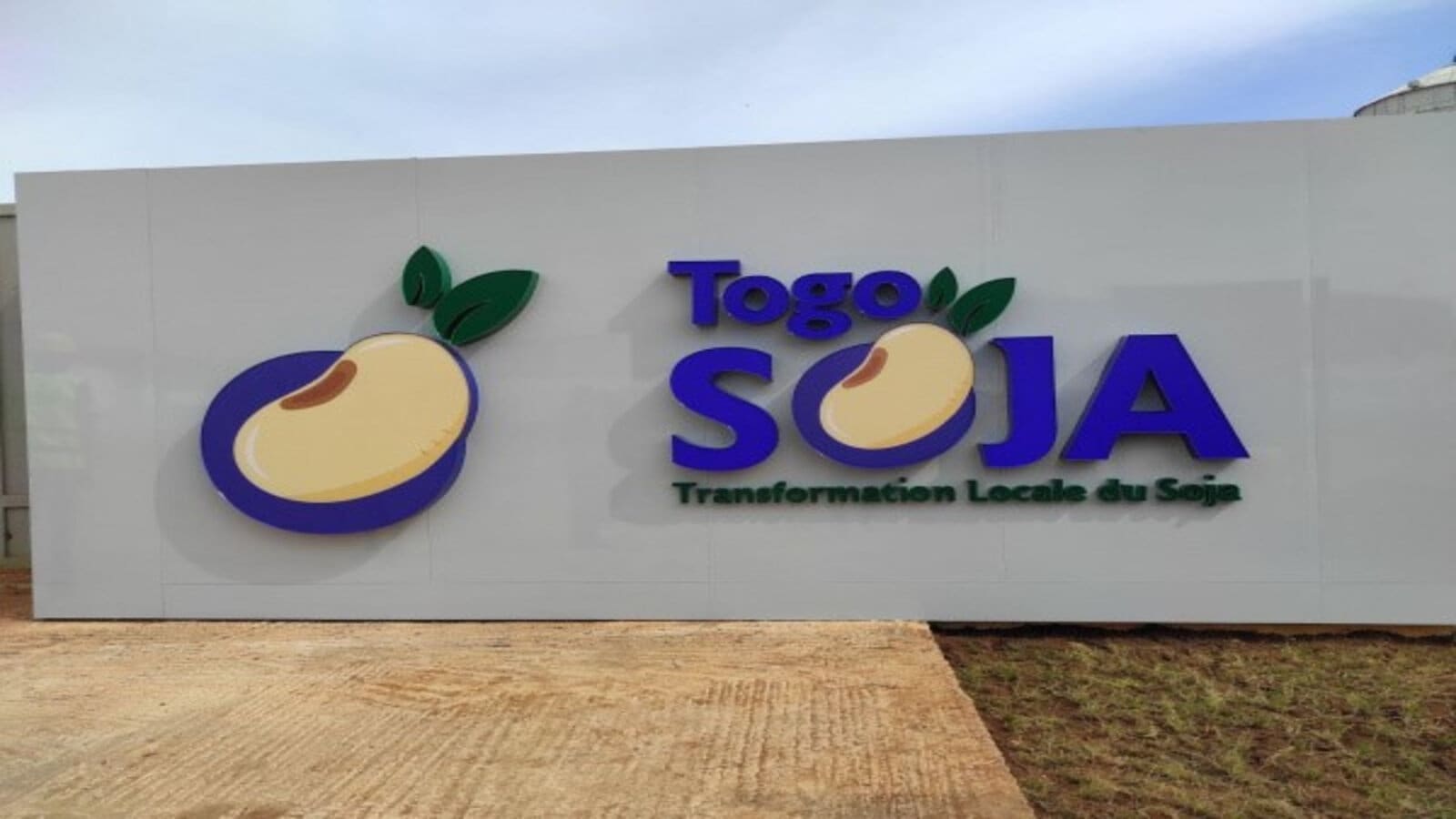KENYA – Maize millers in Kenya are staring at possible losses following the country’s legislature’s move to reject the disbursement of KES2.9 billion to pay for a government-sponsored maize subsidy scheme rolled out in the second half of 2022.
The maize subsidy was an initiative of retired President Uhuru Kenyatta which was aimed at stemming the high-cost flour that had hit KES230 for a two-kilogram packet.
Cereal Millers Association is on record saying that its members have so far been paid Sh1.7 billion out of Sh4.3 billion worth of flour they supplied by the time the subsidy program was ending.
Payment of the balance, which according to the CMA amounts to KES2.7 billion, has however hit various roadblocks with legislatures now calling for an audit of the entire program.
Treasury is also reported to be claiming that the initial payment done by the previous government could not be tracked, further complicating the issue.
Budget and Appropriations Committee chairperson Ndindi Nyoro said the payment is being rejected on the account of non-disclosure of the quantity of maize supplied and the areas in which the subsidized flour was supplied.
The move will now see the Auditor-General open an audit query on the subsidy programs to dig into the truth in an exercise that millers say was executed within the set framework of the previous government.
Animal feed prices to trend high
Meanwhile, the long-awaited relief for farmers grappling with the high cost of animal feeds was cut short after the cabinet failed to discuss the importation of yellow maize amid closing import window, Business daily has reported.
Last year, the Ministry of Agriculture allowed animal feed manufacturers to import 350,000 tonnes of yellow maize duty-free for one year to curb the rising cost of feeds flopped with millers citing maize shortage.
However, the Business daily had earlier reported that the millers have not shipped in the commodity since then, citing the difficulty of securing the produce that is free of genetically modified organisms (GMO).
Millers had lamented about the shorter import window saying that the grain would take longer before it docks at the port due to the longer route that it would have to take following the interruption of trade along the Black Sea.
However, Joseph Karuri, the chairman of the Association of Kenya Animal Feed Manufacturers said they earlier held a meeting with the DP Rigathi Gachagwa, who assured them the government would address the issue by allowing imports of yellow maize and other key raw material.
The processors were, therefore, optimistic that during the cabinet sitting last week, feeds would be on the agenda.
Unfortunately, the association laments that the dispatch from the meeting did not list imports of yellow maize as one of the issues that were discussed.
Therefore, farmers will still have to grapple with the high cost of feed in the coming weeks until the matter is approved by the cabinet.
Millers were looking forward to the stabilization of retail prices that are continuously skyrocketing following the high prices of maize in the country.
According to Business daily, the cost of feed had dropped by Sh140 for a 70-kilo bag in February when the cost of maize declined to Sh4,400 for a 90-kilo bag
However, the prices have gone back to where they were before as the cost of a 90-kilo bag of maize has gone up to Sh6,000.
For all the latest food industry news from Africa and the World, subscribe to our NEWSLETTER, follow us on Twitter and LinkedIn, like us on Facebook and subscribe to our YouTube channel










